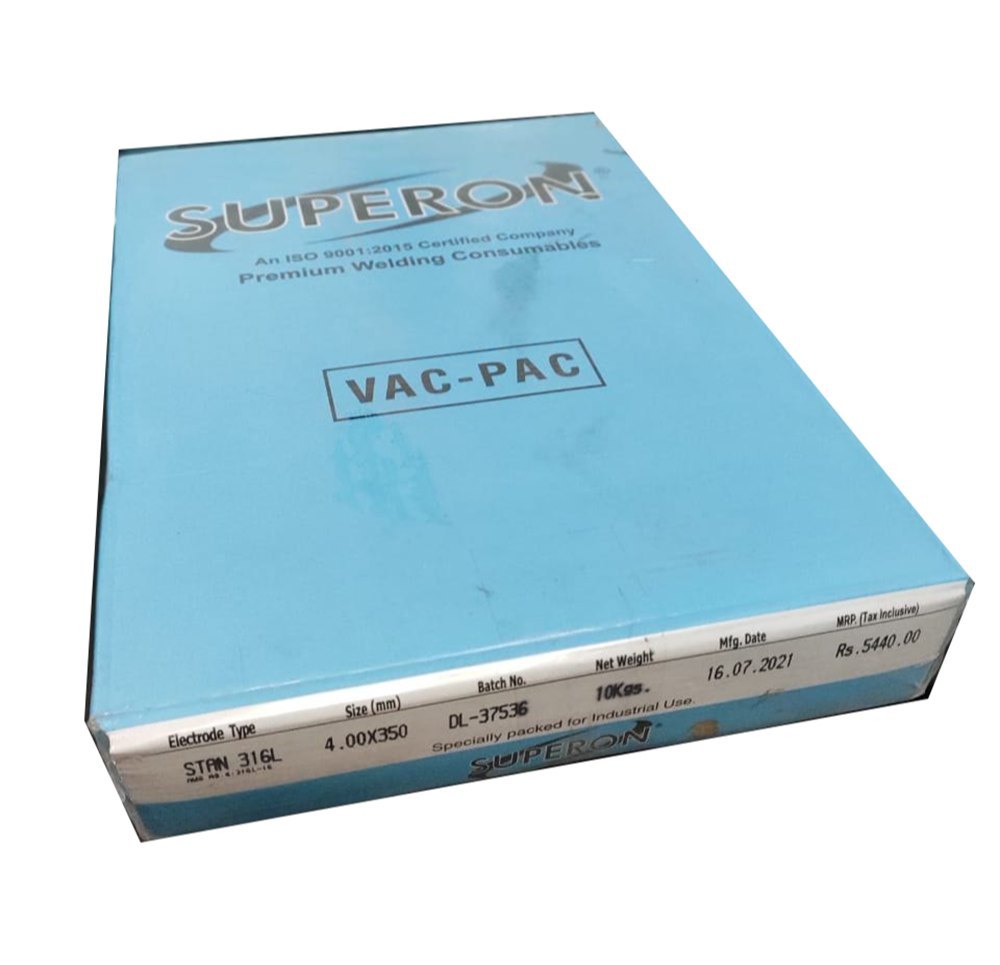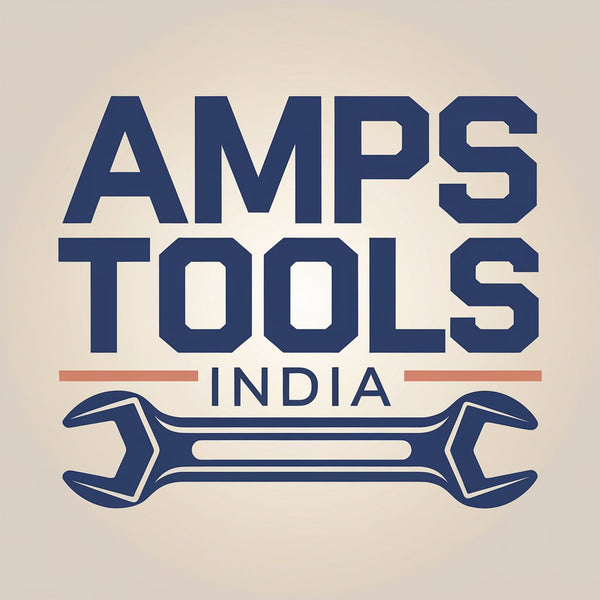Amps Tools India
STAN Welding Rod
STAN Welding Rod
Couldn't load pickup availability
Welding rods, or electrodes, are essential components in Shielded Metal Arc Welding (SMAW), facilitating the arc that melts metals to form strong joints. Each welding rod is designated by a specific code, such as E6010 or E7018, where each character provides critical information about the rod's properties and suitable applications.
Understanding Welding Rod Designations:
-
Prefix 'E': Indicates the rod is an electrode.
-
First Two Digits: Represent the minimum tensile strength of the weld metal in thousands of pounds per square inch (psi). For example, '60' denotes 60,000 psi.
-
Third Digit: Specifies the welding positions the rod can be used in:
- '1': All positions (flat, horizontal, vertical, overhead)
- '2': Flat and horizontal positions only
- '3': Flat position only
-
Fourth Digit: Indicates the type of flux coating and the compatible current:
- '0': High cellulose sodium, DC+ (DCEP)
- '1': High cellulose potassium, AC or DC
- '2': High titania sodium, AC or DC-
- '3': High titania potassium, AC or DC+
- '4': Iron powder titania, AC or DC
- '5': Low hydrogen sodium, DC+
- '6': Low hydrogen potassium, AC or DC+
- '8': Low hydrogen iron powder, AC or DC+
For instance, an E6010 electrode has a tensile strength of 60,000 psi, is suitable for all positions, and features a high cellulose sodium coating for use with DC+ current.
Common Welding Rod Types:
-
E6010: Deep penetration, suitable for all positions, primarily used with DC+. Ideal for welding through rust or paint.
-
E6011: Similar to E6010 but compatible with both AC and DC currents. Versatile for various welding conditions.
-
E6013: Produces a soft arc with shallow penetration, suitable for clean sheet metal and general-purpose welding.
-
E7018: Low hydrogen electrode providing strong welds with minimal spatter. Requires proper storage to prevent moisture absorption.
Selecting the Appropriate Welding Rod:
Choosing the right welding rod depends on factors such as base metal type, welding position, desired weld strength, and available current type. Understanding the electrode designation system aids in selecting a rod that aligns with specific welding requirements.
Share








